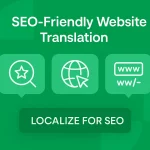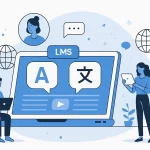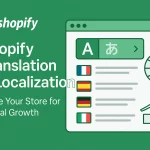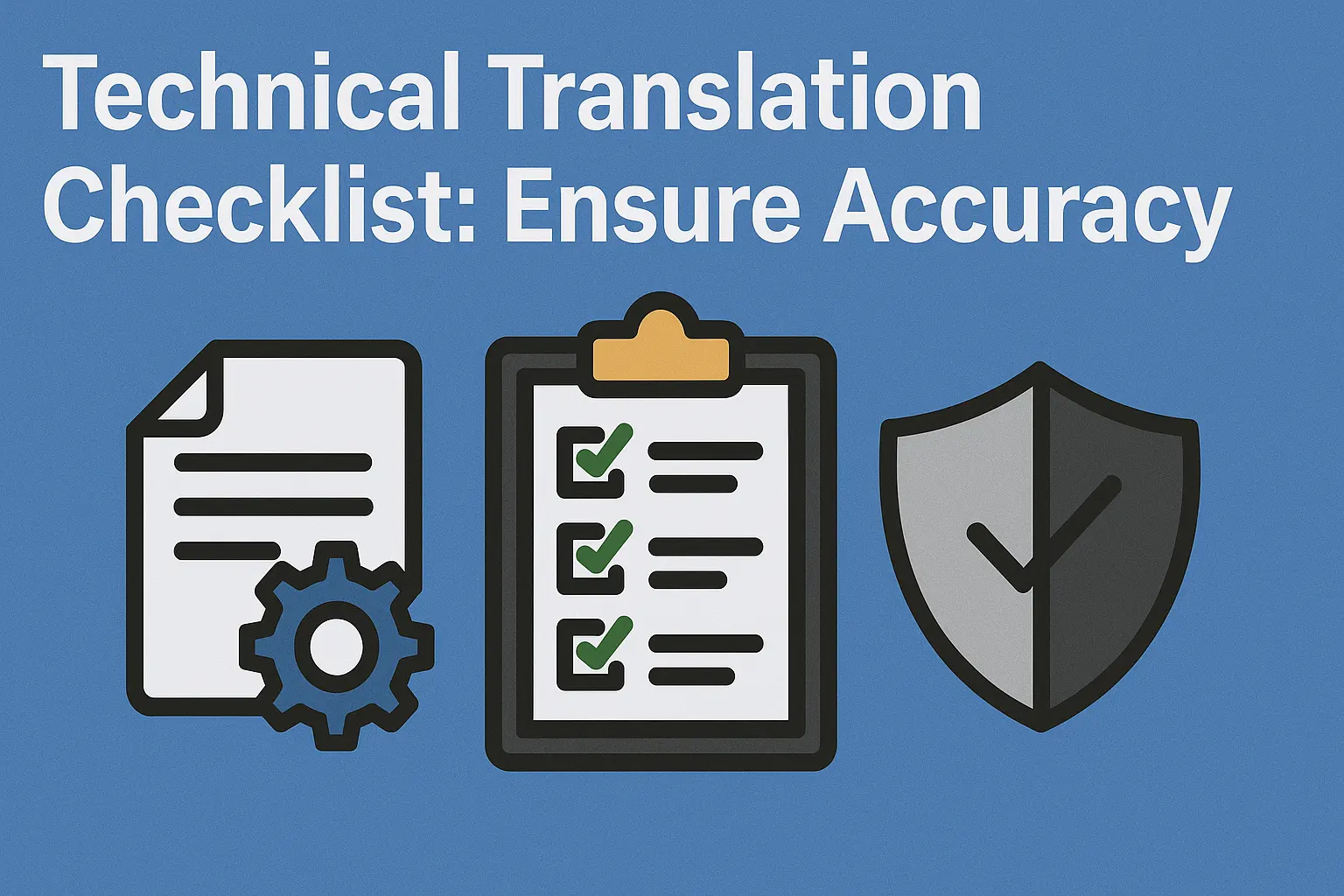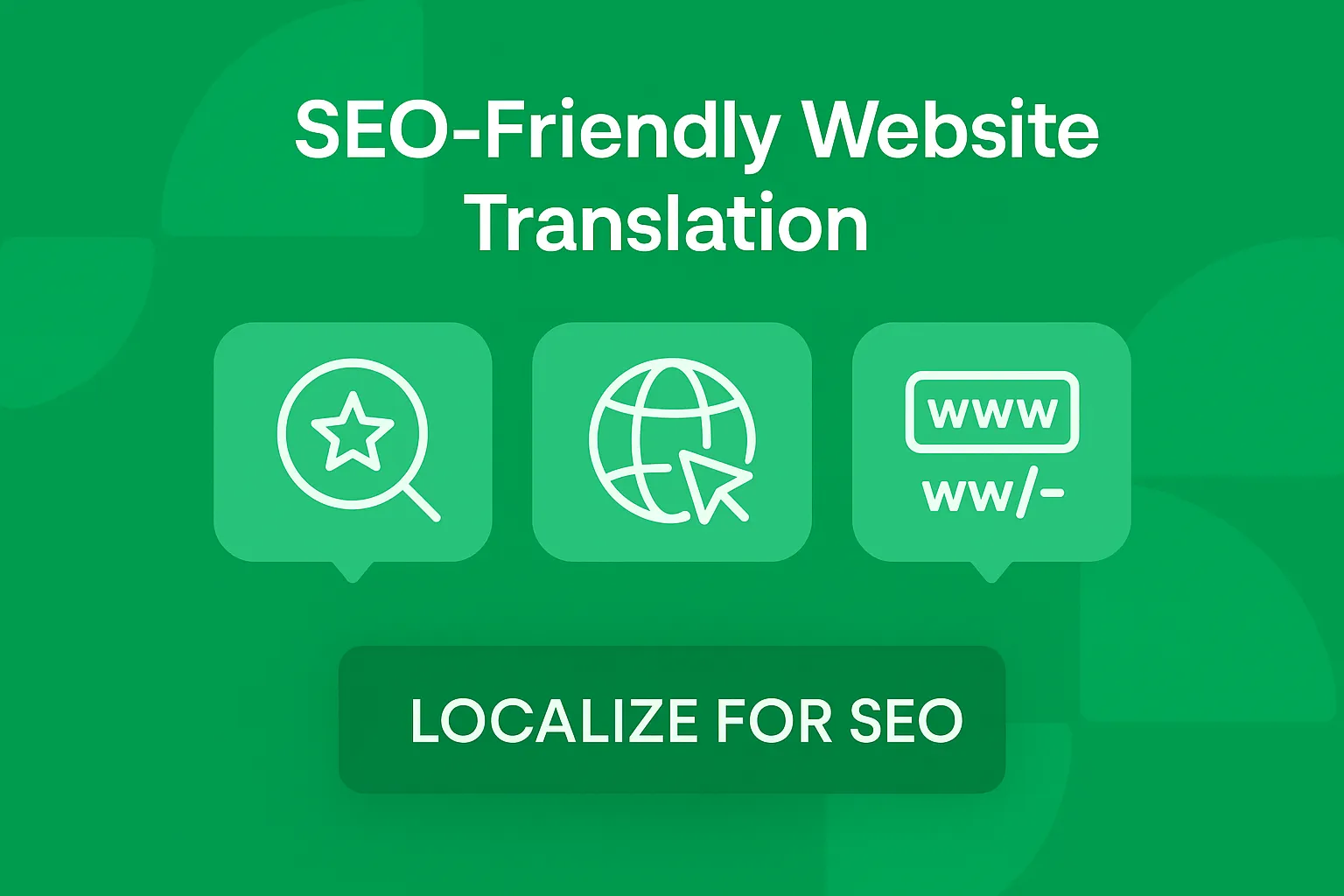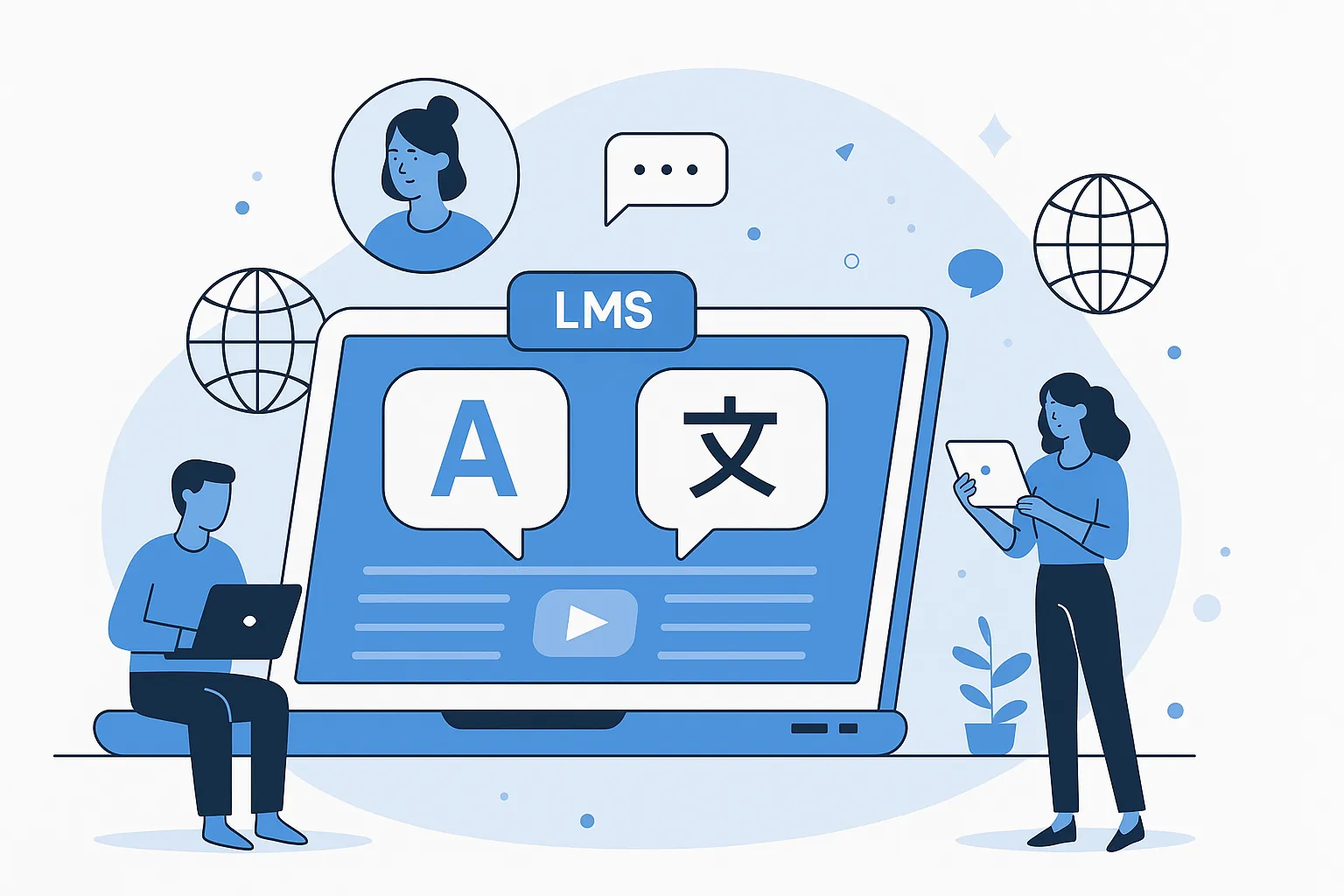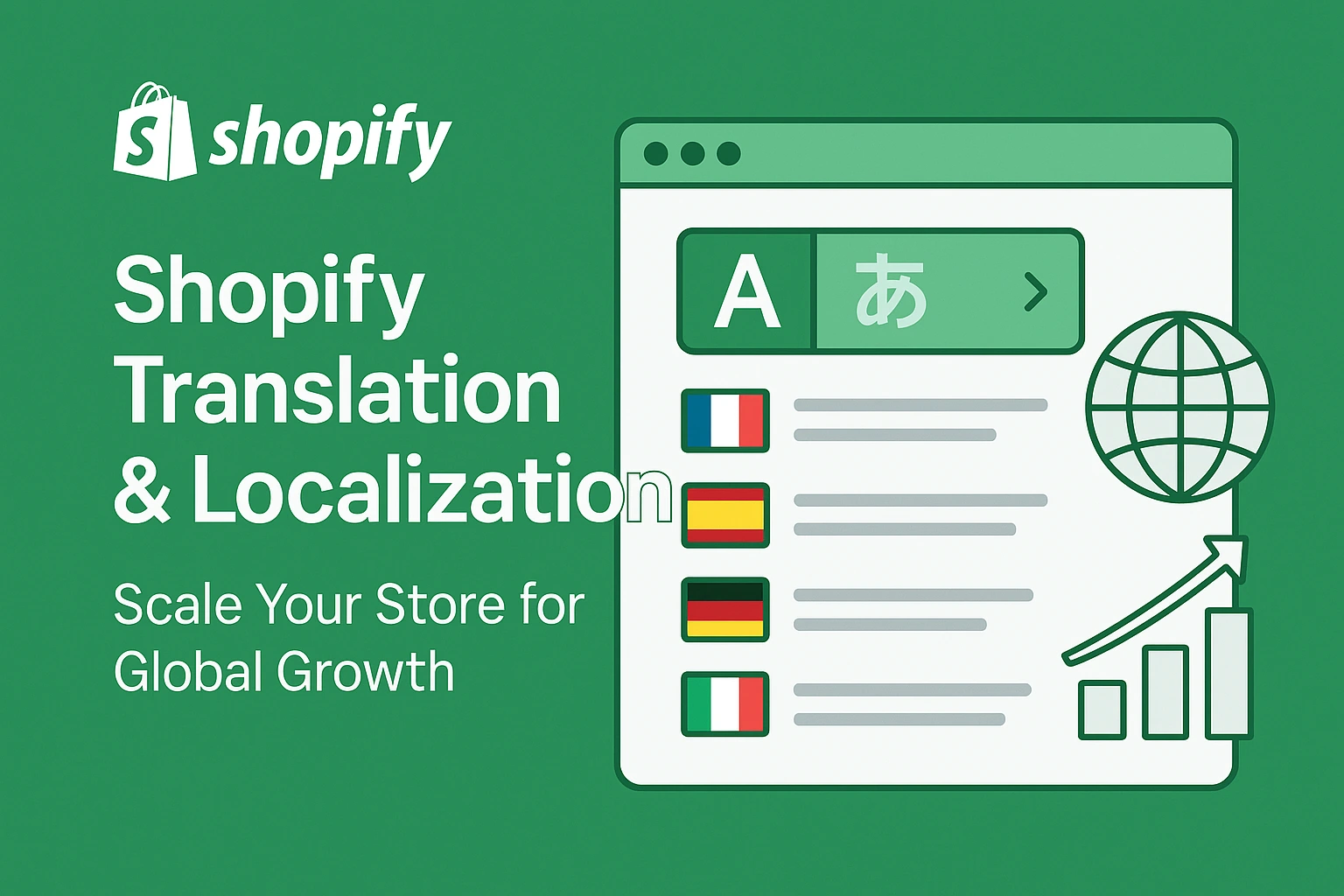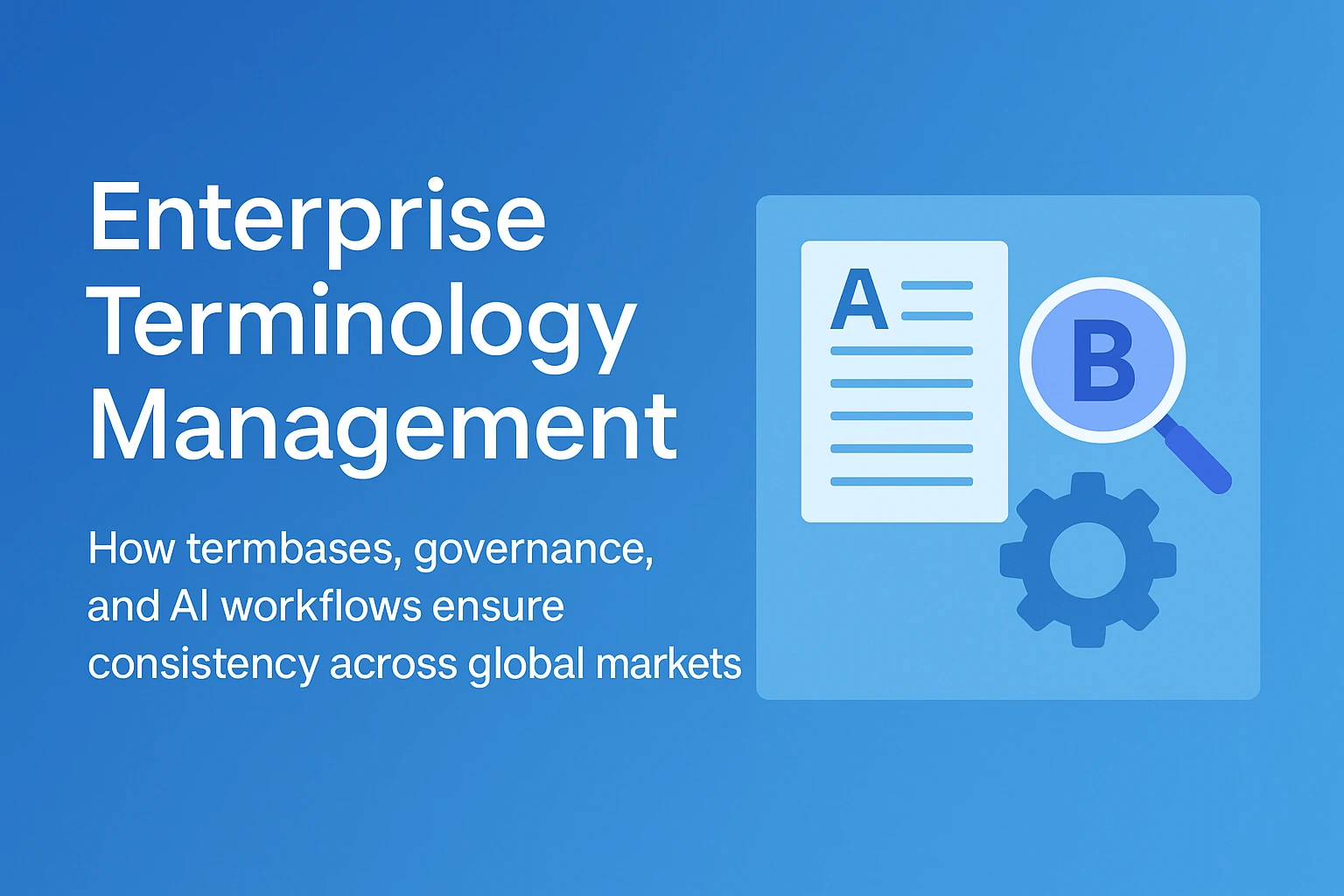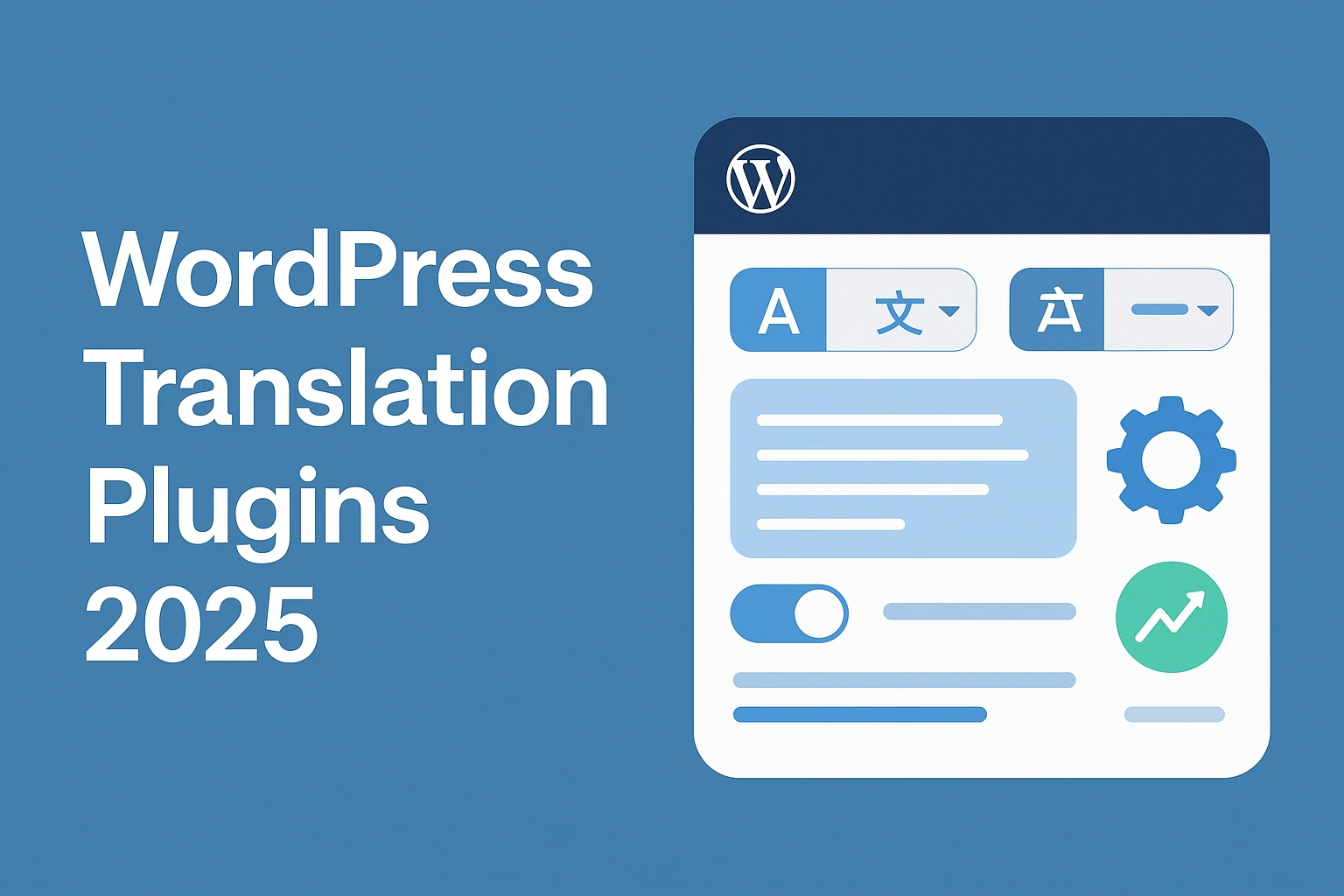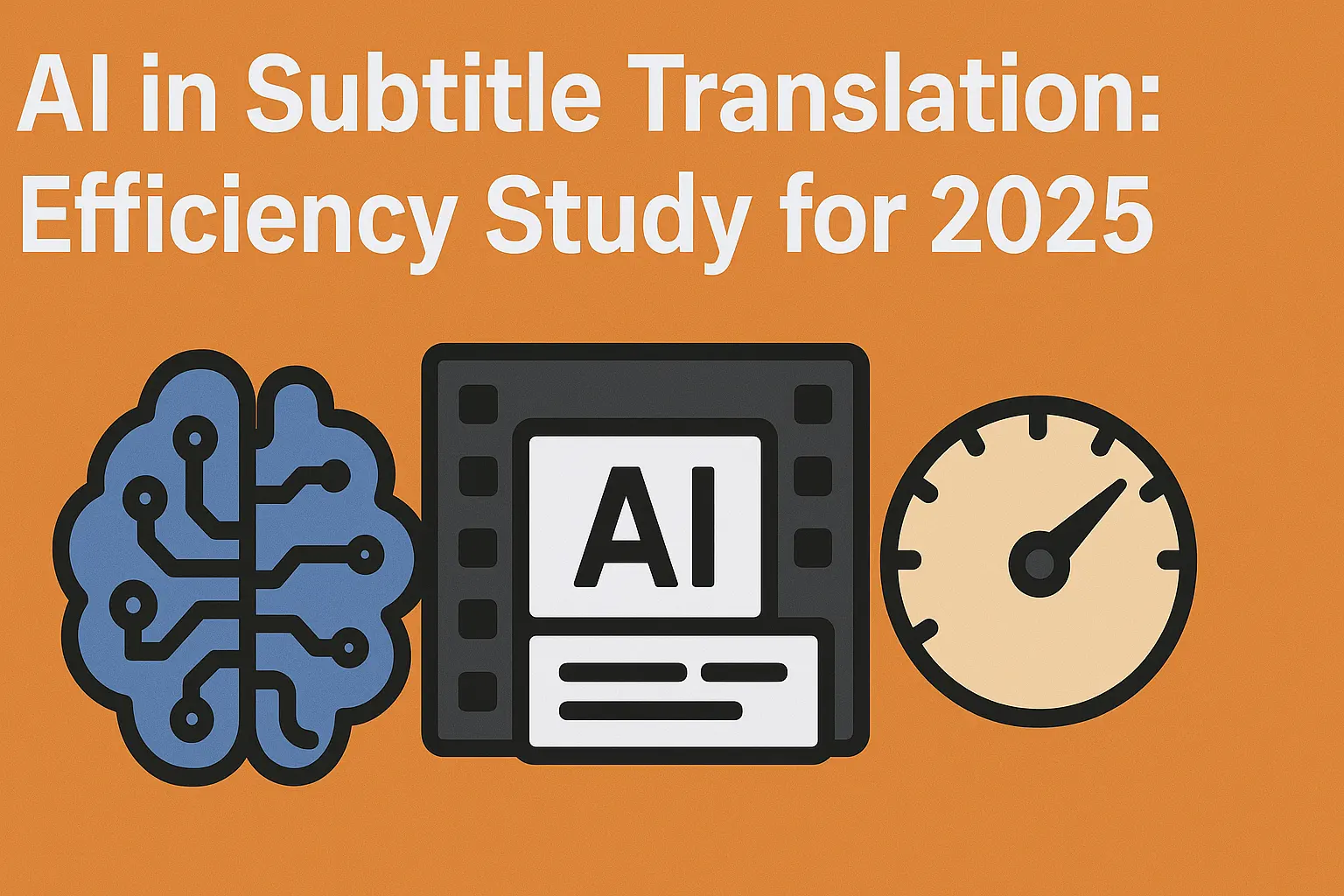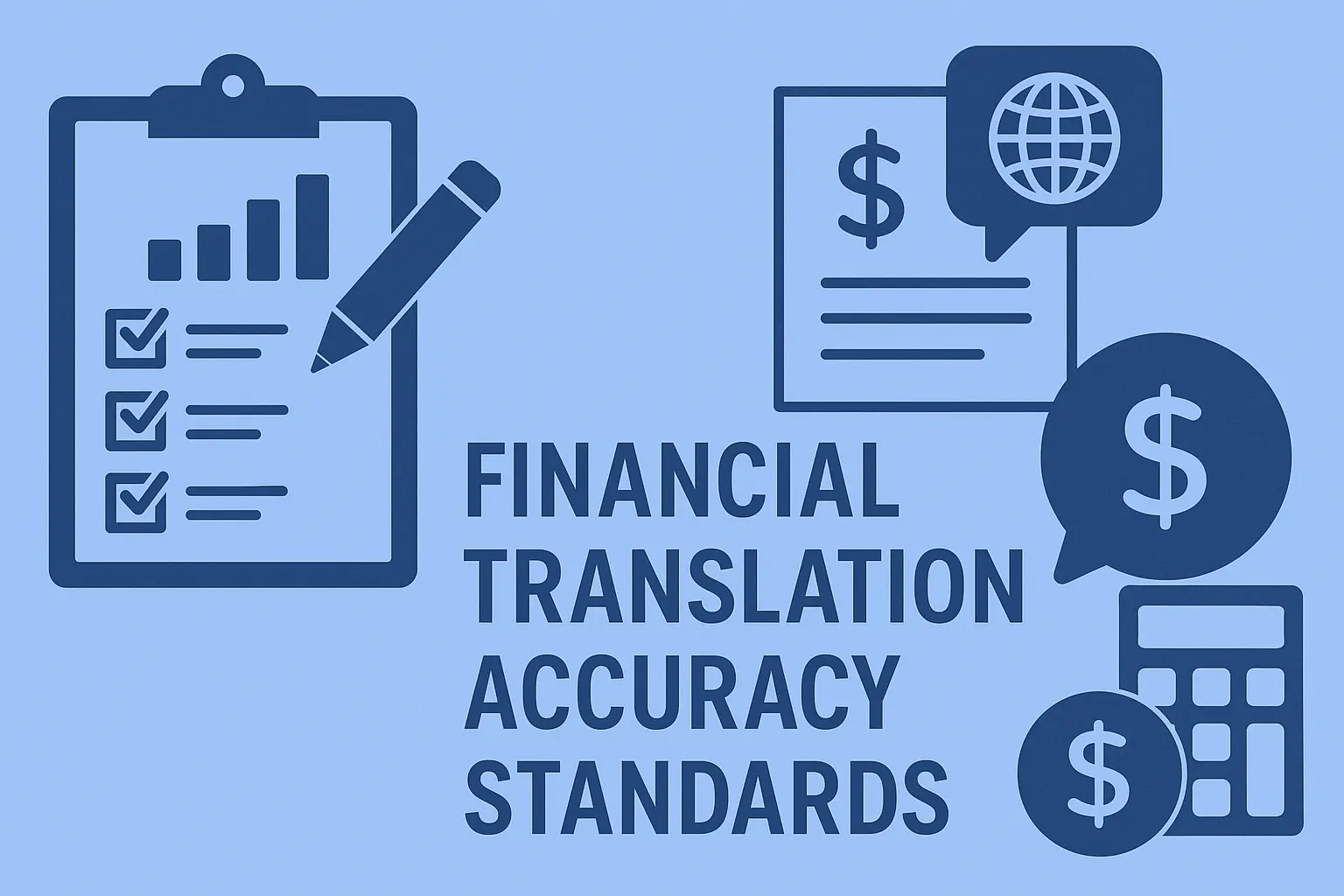Technical Translation Checklist: Ensure Accuracy
Technical documentation is a crucial part of any industry. It provides all the information regarding the structure, processes, and safety compliance. In globalized industries, Technical Translation is a compliance, liability.
Technical Translation is also directly tied to a company’s reputation. A single mistranslated warning label or spec table can trigger product recalls, safety incidents, or costly regulatory audits.
For Procurement specialists, the key to risk reduction lies in a practical, auditable, and comprehensive translation checklist. At its core, this checklist rests on six pillars:
- Qualified subject-matter linguists (SMEs).
- Robust QA workflows aligned with international models.
- Terminology and glossary governance.
- Secure file handling and confidentiality protocols.
- DTP and file format readiness.
- Realistic throughput and timelines.
These are industry benchmarks that summarize the expectations of a technical translation checklist.
This guide explores all the aspects of a properly constructed technical translation checklist.
What belongs in a technical translation checklist (and why)?
A technical translation checklist is basically a tool that helps ensure the accuracy, quality, and completeness of technical documents during the translation process by outlining essential steps, considerations, and quality checks before, during, and after translation.
It helps to point out your expectations every step of the way, ensuring consistency in every market.
Your technical translation checklist should include:
- User manuals & installation guides:
where missteps can cause safety hazards or costly misuse.
- SOPs (Standard Operating Procedures):
which must be followed to the letter in industries like pharma, aviation, or energy.
- Datasheets & specification tables:
where numbers, units, and formatting must be exact.
- CAD notes and engineering drawings:
often packed with abbreviations, annotations, and context-sensitive terms.
- UI strings for technical software or machinery:
where clarity impacts usability and training time.
Technical contents are highly sensitive documents, and mistranslations can lead to a plethora of costly fixes. To avoid that, you need to be absolutely clear about your expectations for what to translate, and what not to.
Pre-translation inputs: what to send your vendor before kickoff?
Before the projects start, your vendor needs to know what it would look like, and how you’d like it done. This is why it’s essential to prepare a complete pre-translation package.
Here’s a Checklist for Pre-Translation Inputs:
- Document type (manual, SOP, UI strings):
Clarify what kind of content is being translated, as requirements differ for technical manuals versus UI microcopy.
- Word count:
Establishes project scope upfront and allows for accurate budgeting and scheduling.
- Target languages and variants (e.g., Canadian French vs. EU French):
Prevents ambiguity and ensures translations meet the right regional and regulatory standards.
- Final deadline:
Sets realistic expectations for turnaround time, staffing, and review cycles.
- Editable source files (Word, IDML, XML):
Avoids delays from file conversions and ensures that formatting is preserved.
- DTP needs (InDesign, CAD, RTL layouts):
Identifies whether desktop publishing or design adjustments will be required post-translation.
- Style guide (tone, conventions, branding):
Aligns the translation with your brand voice and avoids subjective revisions later.
- Glossary or Translation Memory (if available):
Ensures consistency with past projects and reduces cost through leverage.
- Prior translated versions (for reference):
Provides context, showing how previous projects handled terminology and formatting.
At Circle Translations, we simplify pre-kickoff with dedicated PMs who validate inputs and run TM leverage analysis upfront.
Vendor selection: how to evaluate a technical translation partner
Choosing the wrong vendor for your technical translation can result in a lot of problems and project delays is only the beginning of it. A structured, procurement-ready evaluation framework helps ensure your partner can deliver quality, security, and scalability.
Here’s a simple table of what that could look like for you:
| Vendor Evaluation Question | Why It Matters |
| Does the vendor provide SME linguists with relevant CVs? | Subject-matter experts with proven experience ensure accuracy in technical, legal, or regulated content. |
| Are they ISO-certified (ISO 17100/9001)? | Certification guarantees adherence to international standards for translation quality and overall quality management. |
| Do they use a two-step QA process (translate → edit → proof)? | Multi-step quality assurance reduces errors, maintains consistency, and ensures content is publication-ready. |
| Can they handle TM & glossary governance? | Proper management of translation memories and glossaries ensures terminology consistency across large-scale projects. |
| Do they enforce NDA & data security policies? | Protects sensitive or proprietary content, critical for regulated industries like finance, healthcare, and energy. |
| Will you have a dedicated PM for the project? | A single point of contact ensures timelines, quality, and communication are consistently managed. |
| Can they provide case studies or references in your industry? | Demonstrates experience handling projects similar in scope, risk, and complexity. |
| Do they commit to transparent pricing and realistic timelines? | Helps procurement plan budgets and release schedules without unexpected delays or cost overruns. |
Quality control: what QA steps prevent accuracy drift?
Accuracy drift occurs when translations gradually diverge from established technical norms, glossaries, or client-approved terminology. Even small inconsistencies can snowball into compromised usability, compliance, or brand integrity.
Here are the steps to prevent accuracy drift:
- Two-linguist workflow (translator → editor):
This approach ensures initial translations are reviewed by a second expert for accuracy and consistency.
- Independent LQA checks aligned with MQM/DQF:
Provides measurable quality assurance, scoring error types, and severity to maintain high standards.
- Terminology sign-off before delivery:
Prevents deviations from approved glossaries and ensures consistency across projects.
- Defect log & reconciliation report:
Captures recurring errors, enabling teams to correct systemic issues and share transparency with procurement.
- Back-translation for regulated documents:
Used in sensitive industries like pharma, legal, or engineering to verify that translated content accurately reflects the source.
This framework guarantees that technical documents are translated with consistent accuracy and compliance across all markets.
Terminology & style: how to lock consistency before translation?
To make sure your technical document is consistent across multiple localized platforms, structured governance over terminology is a must. This is a requirement in technical translations as even the smallest of deviations can confuse users, and even break compliance, putting your brand at stake.
Here is a list of actions you can take to ensure consistency:
- Build a client-approved glossary:
Capture product names, technical terms, and industry-specific vocabulary to guide translators.
- Enforce a style guide:
Define tone, formatting rules, capitalization, punctuation, and other conventions to align translations with the brand voice.
- Define “do not translate” conventions:
Identify terms that must remain unchanged, such as part numbers, product IDs, or proprietary technology names.
- Appoint a glossary owner & update cadence:
Assign responsibility for maintaining, updating, and communicating glossary changes across translation teams.
This approach ensures that every translation adheres to a consistent terminology framework.
Files, formats & DTP: how to avoid time/cost blow-ups
Technical documents often involve complex file types, intricate layouts, and multiple dependencies. Mismanaging these assets can lead to some very costly reworks. A structured approach to file preparation and desktop publishing (DTP) helps ensure smooth workflows and predictable delivery timelines.
Here are some best practices for file handling:
- Always supply editable files:
Provide Word, InDesign (IDML), or XML source files to minimize errors and preserve formatting.
- Include fonts, linked assets, and file status:
Specify whether files are press-ready or drafts, and provide any associated graphics to avoid layout issues.
- Flag non-standard formats:
Identify PDFs, scanned images, or CAD drawings upfront so proper OCR, conversion, or validation processes can be applied.
- Plan for RTL layouts and structured systems:
For languages like Arabic or Hebrew, or content in XML/DITA systems, define layout and tagging rules early to avoid broken structures.
Throughput & timelines: what’s realistic?
Unrealistic turnaround promises can easily derail projects and compromise quality. Understanding industry standard timelines helps not only set appropriate expectations, but also helps identify inflated promises, preventing any mishaps in the future.
Here’s a table that sums up the standard and rushed timelines for projects with varying scopes:
| Project Size | Standard Timeline | Rush Timeline* | Notes |
| 5,000 words | 2–3 days | 1–2 days | Requires multiple SMEs working in parallel |
| 10,000 words | 4–6 days | 2–3 days | QA compression possible, careful review needed |
| 20,000 words | 8–12 days | 4–6 days | Risk of quality trade-off in rush scenarios |
These are the industry benchmarks. However, you should plan for contingencies that might occur. Here are a few key considerations:
- Standard throughput: 2,000–2,500 words per day per linguist is the realistic baseline for standard projects.
- QA and DTP buffers: Always factor in time for review cycles, formatting, and technical checks.
- Rush multipliers: Define how much faster a project can move in urgent cases and verify SME availability before committing.
With 24/7 global PM coverage, Circle Translations coordinates linguists across multiple time zones to accelerate delivery while maintaining QA integrity and adherence to terminology standards.
Security & confidentiality checks
Technical documents often contain proprietary information. Needless to say, security should be your utmost priority when working with a third-party organization.
Vendors must implement robust security measures to prevent any misuse of your brand’s intellectual properties.
Here’s what you should look for:
- Signed NDAs:
Ensure all linguists and project staff legally commit to confidentiality before accessing sensitive content.
- Secure client portals:
Provide a controlled environment for file uploads, downloads, and project communication.
- Encryption in transit and at rest:
Protect data from interception or unauthorized access during transfer and storage.
- Least-privilege access for linguists:
Grant team members only the access necessary for their role, minimizing exposure of confidential information.
- Data retention and destruction policies:
Clearly define how long content is stored and when it is securely deleted to comply with internal policies and regulations.
Accuracy risks to flag (regulated & high-stakes docs)
Technical documents are highly susceptible to even minor mistakes. In other words, accuracy is non-negotiable.
So, most of these documents are just not suitable for MTPE. They need to be heavily regulated and need a human-only translation by Subject Matter Experts (SMEs).
Here are a few content types that are only suited for SMEs:
- Safety-critical SOPs:
Standard operating procedures in manufacturing, engineering, or industrial contexts where errors could compromise safety.
- Warning labels & compliance notes:
Instructions and cautions that protect end-users and ensure regulatory compliance.
- Legal disclaimers:
Terms of service, contracts, and disclaimers that carry legal liability.
- Pharma/medical IFUs (Instructions for Use):
Materials that guide the safe and effective use of medical devices or pharmaceuticals.
- Specification tables:
Detailed technical data or product specs where precision is paramount.
However, even with these high-stakes documents, MTPE can be applied, but only for the non-critical background contents.
Vendors can maintain efficient speed with compliance by separating the critical from the low-risk contents and implementing appropriate measures for each of them. This approach minimizes security and error exposures, maintains compliance, while still leveraging Machine-Assisted translations (MTPE).
RFP checklist for technical translation vendors
An RFP for technical translation is the evidence that your vendor can deliver at scale, with quality and compliance built in.
Use this procurement-ready checklist to evaluate vendors:
- ISO 17100 accreditation: Proof that the vendor adheres to international standards for translation services.
- LQA model (MQM/DQF): A structured quality assurance framework that scores accuracy, fluency, and consistency.
- SME CVs: Detailed profiles of subject-matter expert linguists who will be handling your content.
- TM ownership policy: Clear terms stating that translation memories and glossaries remain client-owned.
- Connector support (TMS/CMS): Availability of pre-built connectors for seamless integration with your tech stack.
- SLA metrics: Defined turnaround times, accuracy targets, and penalties for missed commitments.
- Sample QA report: A real example showing how quality is measured and reported.
- References/case studies: Evidence of successful projects in industries similar to yours.
- Security documentation pack: Policies on encryption, access control, and compliance with GDPR or SOC2 standards.
Circle Translations provides SLA metrics upfront and includes a standardized security documentation pack, giving enterprise buyers full transparency before contracts are signed.
Why Choose Circle Translations?
At Circle Translations, we bring together industry expertise, enterprise-level processes, and a client-first approach.
Here’s what sets us apart:
- Native SME linguists across 120+ languages
Every project is assigned to subject-matter expert linguists who not only know the language but also understand your industry. No matter the industry, our specialists ensure translations reflect the right terminology, tone, and context.
- ISO-aligned QA with MQM/DQF scoring
Our workflows are aligned with ISO 17100 standards and supported by MQM/DQF scoring models, ensuring every deliverable meets the highest benchmarks for accuracy, clarity, and consistency.
- Client-owned TM and glossary policies
We believe your content assets are yours. Translation memories and glossaries remain fully client-owned, giving you long-term cost savings, brand consistency, and control over how your linguistic assets evolve across projects.
- Secure encrypted platforms
Security is non-negotiable in today’s digital landscape. All files, communications, and workflows are managed through secure, encrypted systems, with NDA-bound linguists and least-privilege access protocols to protect your sensitive information.
- Dedicated PMs + 24/7 support
Our project managers act as an extension of your team, coordinating linguists, managing timelines, and monitoring quality from start to finish. With 24/7 support, you can count on us to keep projects moving across time zones and global release cycles.
- References and case studies across manufacturing, healthcare, energy, and legal
Circle Translations has delivered successful projects in some of the most regulated and high-stakes industries. Our references and case studies highlight the ROI and compliance assurance we bring to every partnership.
Frequently Asked Questions:
What information should I include in a technical translation brief?
Think of your brief as the blueprint for the project. A strong brief saves time, prevents back-and-forth emails, and ensures your vendor fully understands the scope.
At minimum, include: document type, word count, target languages, deadlines, editable files, DTP needs, style guide, glossary/TM, and prior versions.
Providing this upfront allows vendors like Circle Translations to give accurate quotes, apply TM discounts, and align SME expertise to your industry.
How long does 10,000 technical words usually take?
For a 10,000-word manual, expect 4-6 working days, including editing, QA, and DTP. Rush is possible in 2-3 days, but only if qualified SMEs are available.
Which file formats minimize cost and errors?
Always send editable formats, such as Word, IDML (InDesign), or Google Docs, with packaged fonts and links.
Avoid scans or images unless necessary, as these require OCR and manual cleanup, adding both cost and time. Circle Translations’ DTP team can handle even CAD and XML, but editable sources always reduce risk..
Do I need ISO-certified vendors for technical content?
Yes – especially for regulated industries. ISO certification (17100 for translation, 9001 for quality management) signals process maturity and auditable QA. Ask for certificates and sample QA reports.
Where should we use MTPE vs. human-only?
That entirely depends on the project.
Use human-only SMEs for safety warnings, legal disclaimers, and pharma/medical content.
MTPE (Machine Translation + Post-Editing) can be acceptable for background information, internal training, or lower-stakes documentation, but only with strict QA.
How do we guarantee terminology consistency across manuals?
Start with a glossary and style guide. Lock terms before kickoff, enforce them in CAT/TM tools, and require vendors to provide term sign-off and reconciliation logs. Circle Translation supports glossary governance across 120+ languages, updating termbases with every product release cycle.
Who owns the translation memory?
Ownership of TMs can become a hidden cost trap.
Best practice: the buyer (you) should always own the TM, since it’s your content. Make this explicit in your contracts. Circle Translation explicitly grants TM ownership to clients and delivers TM exports after every project.




